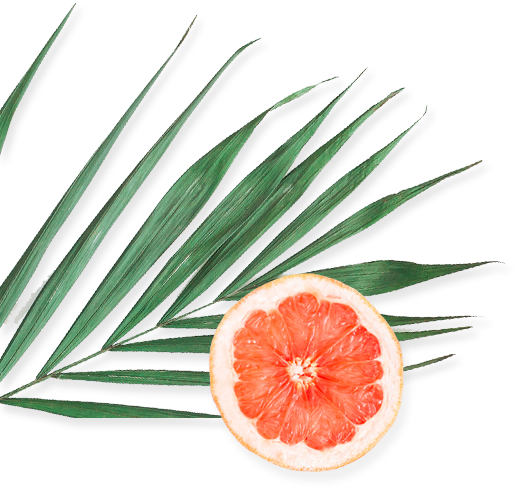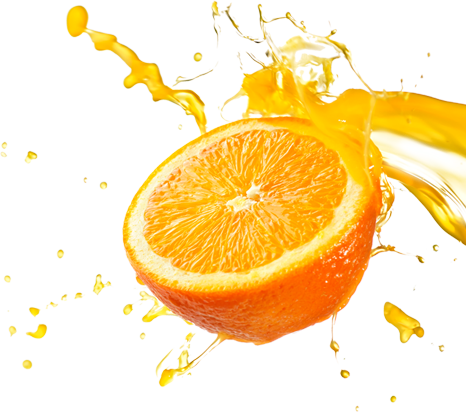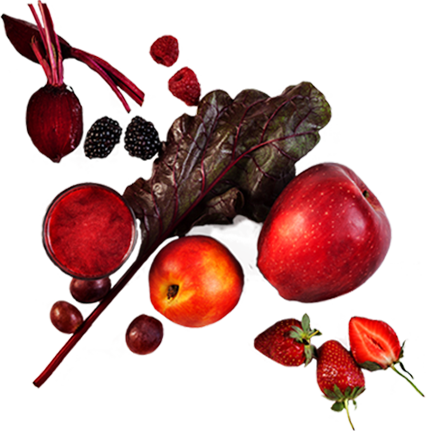
The new generation of tea

Featured Posts
Categories
Interested in more? Subscribe to our blog.
With the rise of functional drinks and functional water as well as the increasing popularity of botanicals as an ingredient in beverages, it is a logical consequence that ready to drink tea, especially healthy variants, is moving into focus. From hot-brew to cold-brew, the drink is conquering the supermarket shelves and the hearts of consumers.
Not so long ago, tea was mainly known as a warm drink in winter in classic preparation methods: black tea with milk or fruit tea with honey have always been part of the drink repertoire in almost every household. When the cold season approaches, tea is still a popular home remedy today. Whether cough, sore throat, stomachache or fever - our grandmothers always had the right tea for every pain.
Tea is becoming a trendy drink
Today tea has a completely new look. This is due, among other things, to the fact that holistic health, especially in the beverage sector, is in focus.
Tea has advanced from a traditional drink to a hip trend drink today: tea is primarily intended to contribute to a healthy and mindful lifestyle and, in addition to good taste, have a positive effect on the body and wellbeing. The fact that tea consists primarily of water and plant-based ingredients suits the health-conscious and often also figure-conscious consumers!
Tea is as diverse as the people and cultures, and that's how it tastes: Over 3,000 types of tea are on the market today. Only that which is made from the Asian tea bushes Thea camellia sinesis or Thea assamica can be called “real tea”. In practice, however, hot drinks made from fruits or herbs are also referred as tea. They are particularly suitable to be mixed with fruit juices and enriched with additional vitamins.
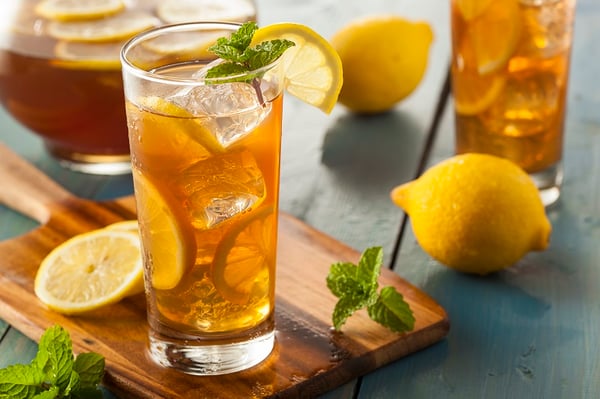
Tea promotes health
On the other hand, green, black, white or Pu-Errh tea are produced from the leaves of the tea bush. The fundamental difference is fermentation, which designated how the rolled leaf is stored open air. There is also yellow tea, mate tea and rooibos tea. Oolong tea is a semi-fermented tea, of which the secret lies in the outer fermentation of the leaf edge, whereby the leaf core remains unfermented.
Green tea as an all-round talent
Green tea in particular is a prefered product by health-conscious consumers today. It is rich in secondary plant substances that support detoxification and fat burning, among other things. They also help slow down the aging process in an overall healthy lifestyle. The contained caffeine is released differently in tea than in coffee. It promotes concentration and attention, and the amino acid L-theanine scores with its anti-anxiety effect. Green tea is also said to reduce the risk of cardiovascular disease, type 2 diabetes and cancer.
Overall, tea is rich in caffeine or tein and tannin. In addition, it scores with amino acids, trace elements and minerals such as fluoride, potassium, calcium and manganese. B vitamins are also important protagonists in tea.
An excellent characteristic: tea stimulates, but not upsets. Tea owes its stimulating effect primarily to caffeine, although tea does not affect the circulation via the heart, but directly on the brain and central nervous system. It is bound to the tannins and is therefore only dissolved in the intestine!
Source: "Frequently asked questions about tea", Prof. Dr. Ulrich H. Engelhart, Institute for Food Chemistry, Technical University Carolo-Wilhelmina in Braunschweig, Scientific Information Service Tea, 2006
Matcha: The noble variant of green tea
Matcha is considered as the Mercedes of green teas and is particularly popular in the vegan scene - among other things as an ingredient in cooking. In many coffee shops around the world, the bright green “Matcha Latte” has replaced the Café Latte in the popularity ranking. A pioneer of creative Matcha cuisine is the renowned vegan chef Attila Hildmann, who created the Matchariña cocktail - a non-alcoholic drink with Matcha which evoke caipirinha.
The manufacturing process for Matcha tea is very complex, which is why it is comparatively expensive: The plant is brought to increased chlorophyll production using a special overshadowing technique. The right way of covering is the high art - because if something is done wrong, the plant dies.
Strong cold-brew tea infusions at AUSTRIA JUICE
A major trend towards cold brewing can be observed for all types of tea. For a stronger taste, tea is increasingly used as cold-brew. To do this, the tea leaves are placed in soft water and stirred for a certain time to ensure that the tea leaves are adequately wetted. In this process, adequate protection against oxidation and a low pH value are also very important: this should be reduced to <4.3. The tea remains in this form during the steeping time, which is significantly longer than with a hot-brew process. After the final stirring process, the tea infusion is pressed without pressure and filtered. Depending on the tea variant, different filtration methods can be used to retain as many of the valuable components of the tea infusion as possible. The pasteurization for preservation is the final production step.
The advantages of the cold-brew process
In general, cold infusion - in Japanese, cold-brew teas are called mizudashi teas - has several advantages over hot-brewed tea. The most important are:
1. Sensory stability across batches
The standing time for the normal brewing process is 2-5 minutes. The significantly longer idle time reduces the risk of sensory deviations due to time delays.
2. Fuller flavour
With the cold-brew process, among other things, more amino acids are extracted from the tea due to the long standing time. That also makes it taste a little sweeter than hot brewed tea.
3. Less tannins and bitter substances
Due to the comparatively lower temperatures, less of the sensory bitter tannins are released from the tea leaves.
4. Less caffeine
The lower caffeine content of cold-brew tea can help regulate your daily caffeine intake even more easily.
Herbal tea as an ingredient in beverages
Apart from classic tea, herbal teas are also very popular - after all, they also have special effects on the body. While green tea & co. have a stimulating effect, herbal teas such as chamomile, lavender or lemon balm have a calming effect: They promote healthy sleep, for example. Ginger tea, best mixed with lemon, is ideal for strengthening the immune system. It is possible to combine herbal and fruit teas with fruit juices and thus enable special taste experiences with the health bonus as RTD drinks.
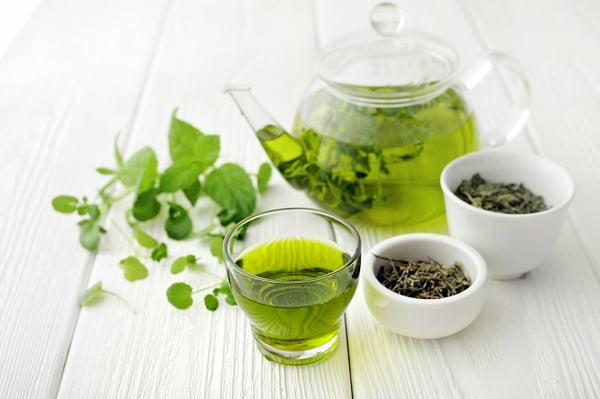
Tea in the future: from sparkling teas to super blends
In her analysis of the other trends on the tea market, Julia Buech from Mintel locates a further boost from "Botanical Power": 33 percent of the teas with botanicals that came on the market in 2019 were given a functional label, which promotes holistic, healthy lifestyle. For example, beetroot with ginger and orange are mentioned as mixtures for better heart health, but also a “vitamin tea” mixture, which contains apples, blackberries, dandelions and milk thistle and is also fortified with selenium and vitamin C. A so-called “super herbal mixture” scores points with chamomile, turmeric and various vitamins such as C, E, B1, B3 and B7 to boost overall health and vitality.
A ready to drink canned tea blend of hibiscus, ginger, lemongrass and marigold is presented. The author generally sees great growth potential for “sparkling teas” - that is, teas with carbon dioxide. In the future, premium sparkling teas will not only be suitable as a substitute for soft drinks but also for beer and wine. Tea made from hops could soon establish itself as a non-alcoholic substitute for craft beer. 41 percent of US consumers between the ages of 25 and 34 say they are interested in sparkling teas.
The reduction of sugar in tea drinks will also continue to be a big topic and teas like mate can also be provided with adaptogens. CBD is another ingredient that is staying high on the radar, especially for teas.
Source: “The Future of Tea: 2020 - Global Annual Review: what's now and what's next for the tea market”, Julia Buch, January 2020
CONCLUSION:
The traditional drink tea has undergone a complete image change and has become a trendy drink. Thanks to natural ingredients, a low sugar content and different effects on the body and mind, tea in creative variants continues to have great market potential. RTD drinks and “Sparkling Teas”, which carbonated and able to replace wine and beer in a premium version are very popular. When it comes to manufacturing processes, cold-brew has become more and more established compared to hot preparation. The advantages are, among other things, better cross-batch sensory stability and a fuller taste.

Julia WurzerAuthor
Marketing Manager


